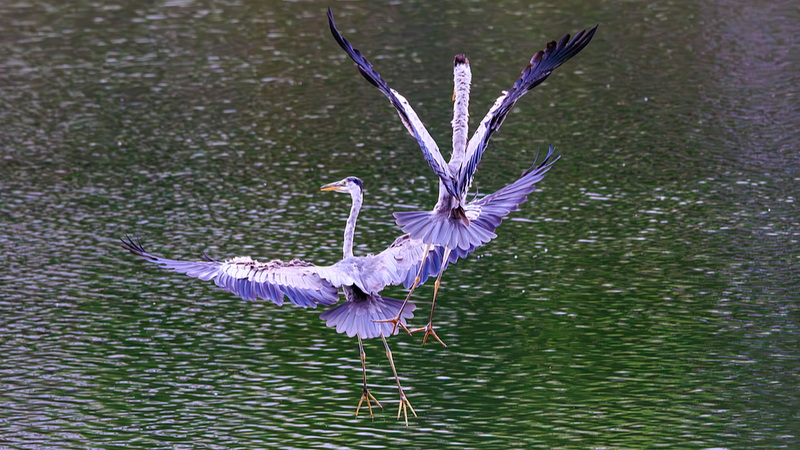Every winter, tens of thousands of black-headed gulls make the journey from as far as Siberia to Kunming’s Dianchi Lake. This year, these feathered visitors are greeted not only by locals but by AI-powered high-definition cameras and drones set to snap “bird facial recognition” in action.
Thanks to a collaboration between the Kunming Dianchi Plateau Lake Research Institute and tech partners, this intelligent observation system uses deep neural networks to identify individual birds. Unique features like plumage patterns, body size and beak shape serve as identity markers, enabling real-time species identification, population counts and migration tracking.
Since October 2022, the monitoring station near Haigeng Dam has tracked arrival times and flock sizes. In 2024, the main gull flock arrived about 10 days later than in 2022 and 2023, data that the institute says will be crucial for migratory bird research over time.
"Previously, manual monitoring of the same area required at least two professional birders a full day. Now, the AI system accomplishes this in just hours with 90-percent accuracy, while capturing behavioral data like feeding and roosting," says Pan Min, deputy director of the institute.
By employing high-definition cameras, drones and microphones, the system has identified 17 bird species, building a dynamic archive with hundreds of thousands of images, videos and audio files. Acoustic recognition also picks up unique calls—from night herons to magpies—rounding out a full picture of bird activity.
"AI lets us study long-term changes in bird communities and uncover patterns in breeding, migration and wetland health,” explains engineer Zhang Zhizhong. “It’s a game-changer for biodiversity conservation."
Beyond Kunming, similar systems are operational at Shuangguihu National Wetland Park in Chongqing and the Yellow River Delta National Nature Reserve in east China’s Shandong Province. There, ultra-high-definition cameras have recorded over 1,200 birds—from oriental white storks to whooper swans—providing robust data for reserve management.
As AI-powered monitoring spreads across the Chinese mainland, researchers hope this tech-driven approach will offer more accurate, less intrusive ways to protect migratory birds and preserve wetland ecosystems for generations to come.
Reference(s):
AI-powered 'bird facial recognition' boosts avian conservation
cgtn.com



